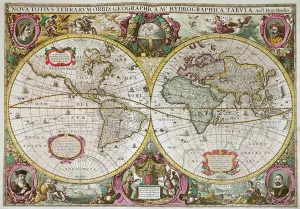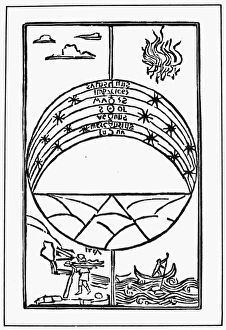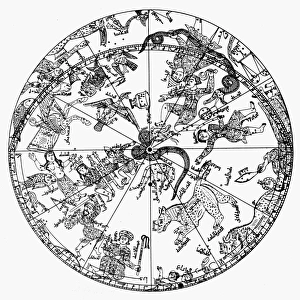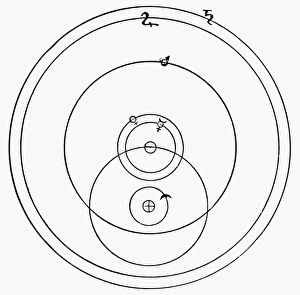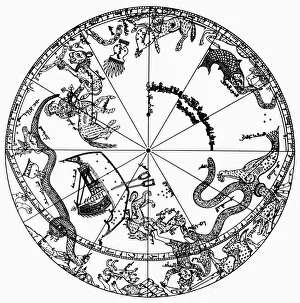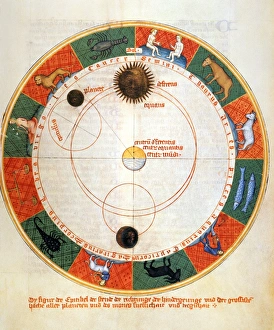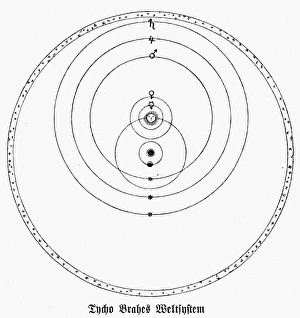Claudius Collection (page 7)
"Exploring the Cosmos: The Legacy of Claudius" Step into the world of Claudius, a name that resonates throughout history with various achievements and contributions
All Professionally Made to Order for Quick Shipping
"Exploring the Cosmos: The Legacy of Claudius" Step into the world of Claudius, a name that resonates throughout history with various achievements and contributions. From Johannes Kepler's groundbreaking model of the universe to Ptolemy's influential map, it has left an indelible mark on our understanding of the cosmos. In 1596, Johannes Kepler unveiled his Mysterium Cosmographicum, a line engraving that revolutionized our perception of the universe. Inspired by ancient Greek astronomer Claudius Ptolemy, Kepler presented a new model where planets orbited around the sun instead of Earth. This paradigm shift challenged long-held beliefs and paved the way for modern astronomy. Speaking of Ptolemy, his Map of the World from AD 150 showcases his meticulous cartography skills. With astonishing accuracy for its time, this masterpiece places him among history's greatest geographers. Interestingly enough, Copernicus makes an appearance in this artwork as well – a testament to how different theories coexisted during those times. Moving beyond celestial matters, we encounter another notable figure named Claudius – Roman Emperor Aurelian. His portrait captures both power and wisdom as he ruled over one of history's most significant empires. A symbol of strength and leadership, Aurelian continues to inspire generations even today. But not all connections to "Claudius" lie in grandeur or academia; sometimes they can be found in unexpected places like dentistry. Enter Claudius Ash & Sons Co Ltd. , known for their innovative dental chairs that have revolutionized patient comfort since their inception. Shifting gears once again brings us to Amerigo Vespucci – whose small portrait adorns Apian's heart-shaped world map from 1530. This depiction offers a unique perspective on global geography while honoring Vespucci's exploratory spirit that shaped our understanding of continents far beyond Europe.

